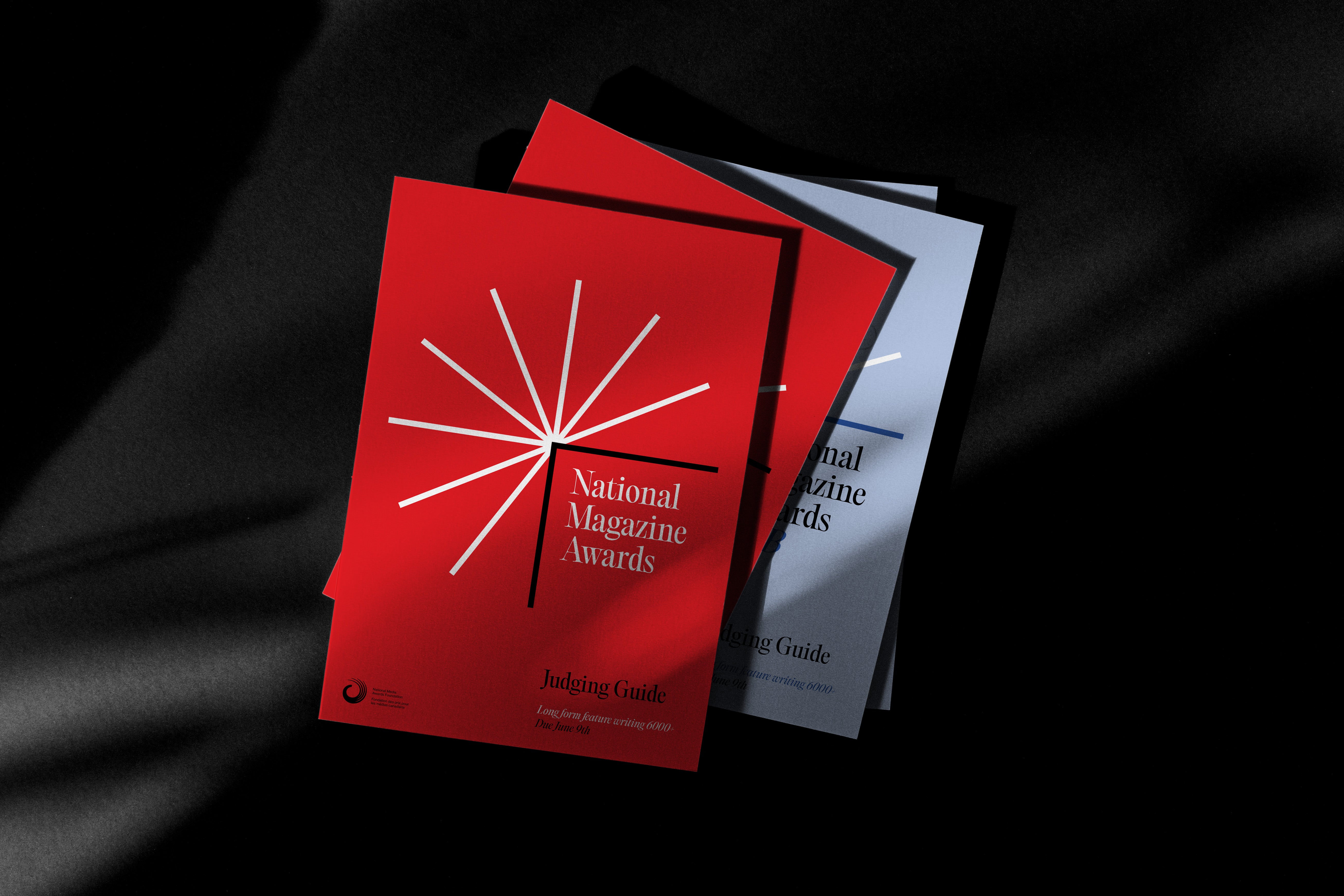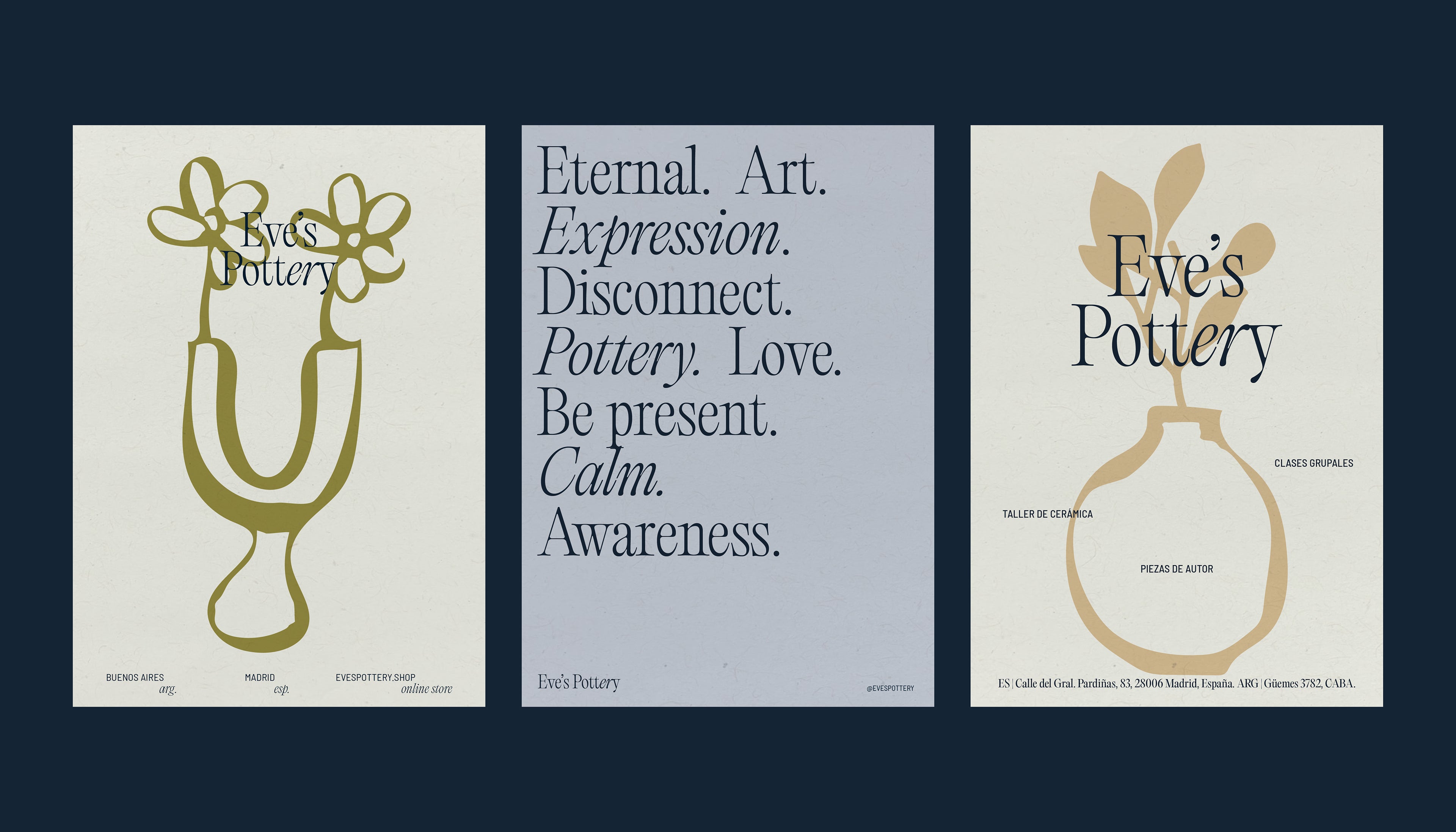Editorial Old
A precise and elegant narrow serif that was designed for the long-form copy with a big enough personality to make a statement as a title. It is perfect to give your design that mid 90s retro feel while being rich and contemporary.
Free to try
Licenses start at $40
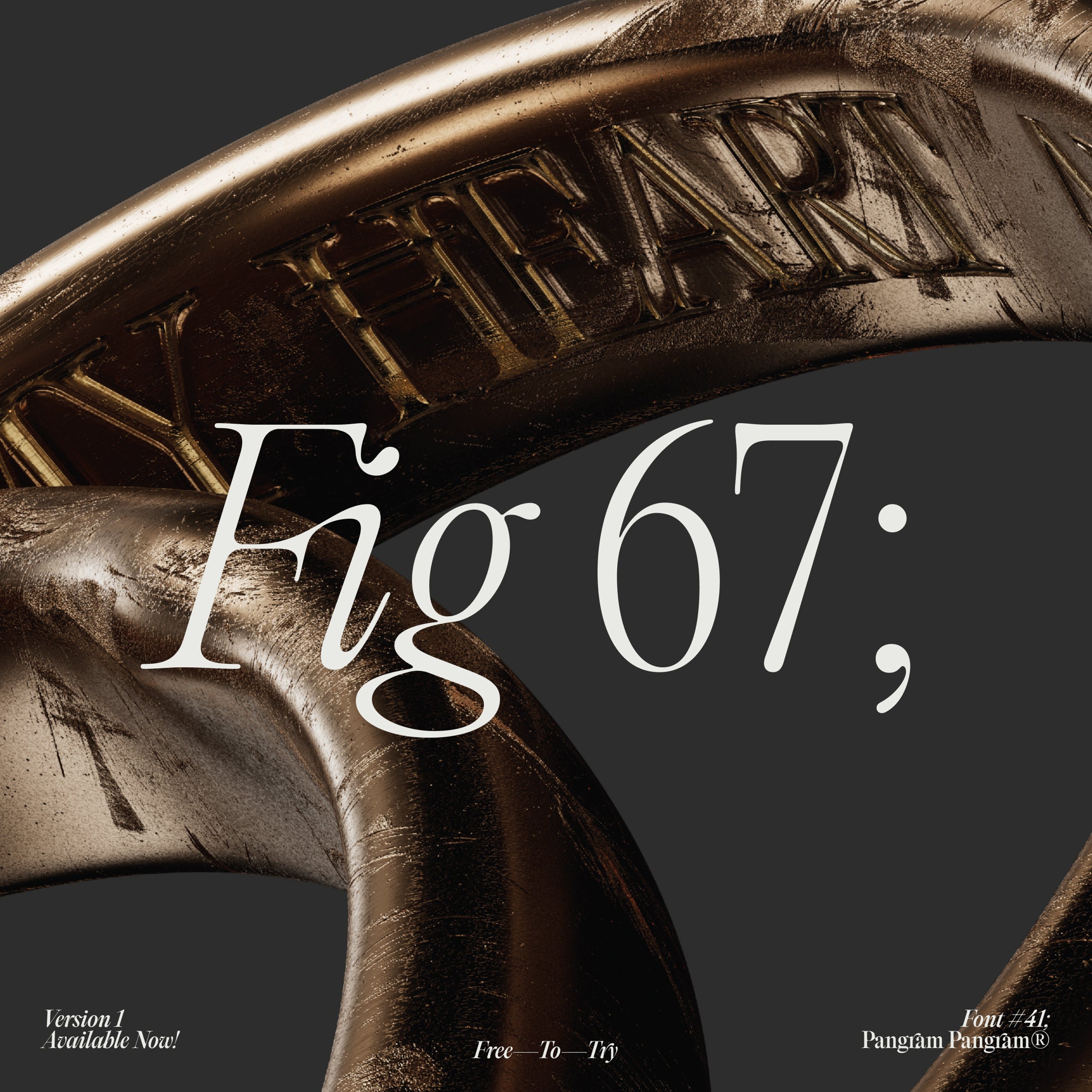
Editorial Old style list
16 Styles
01234567
{(!@#$?&)}
01234567
{(!@#$?&)}
- Thin 100
- Ultralight 200
- Light 300
- Regular 400
- Medium 500
- Bold 700
- Ultrabold 800
- Heavy 900
- Thin Italic 100
- Ultralight Italic 200
- Light Italic 300
- Italic 400
- Medium Italic 500
- Bold Italic 700
- Ultrabold Italic 800
- Heavy Italic 900
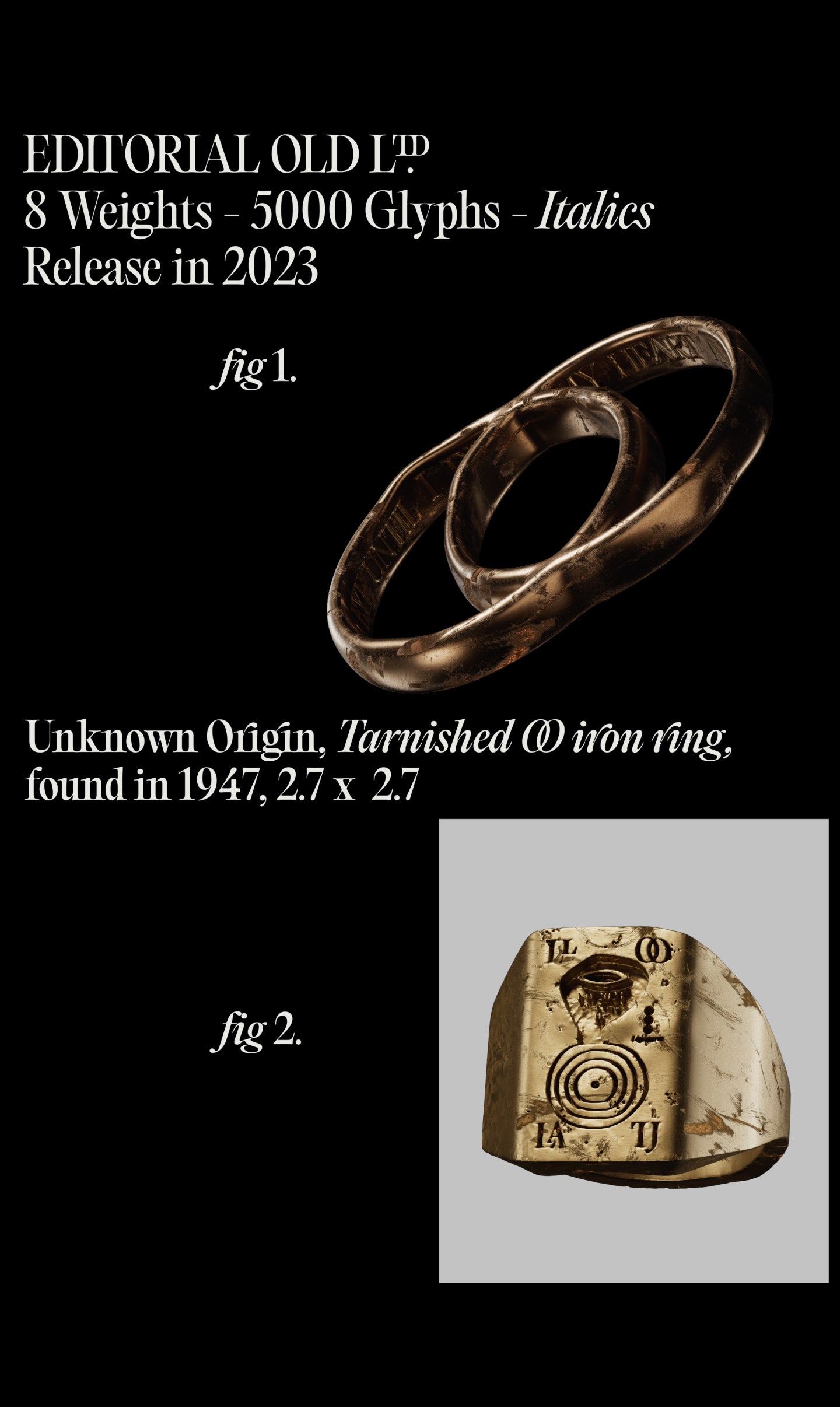
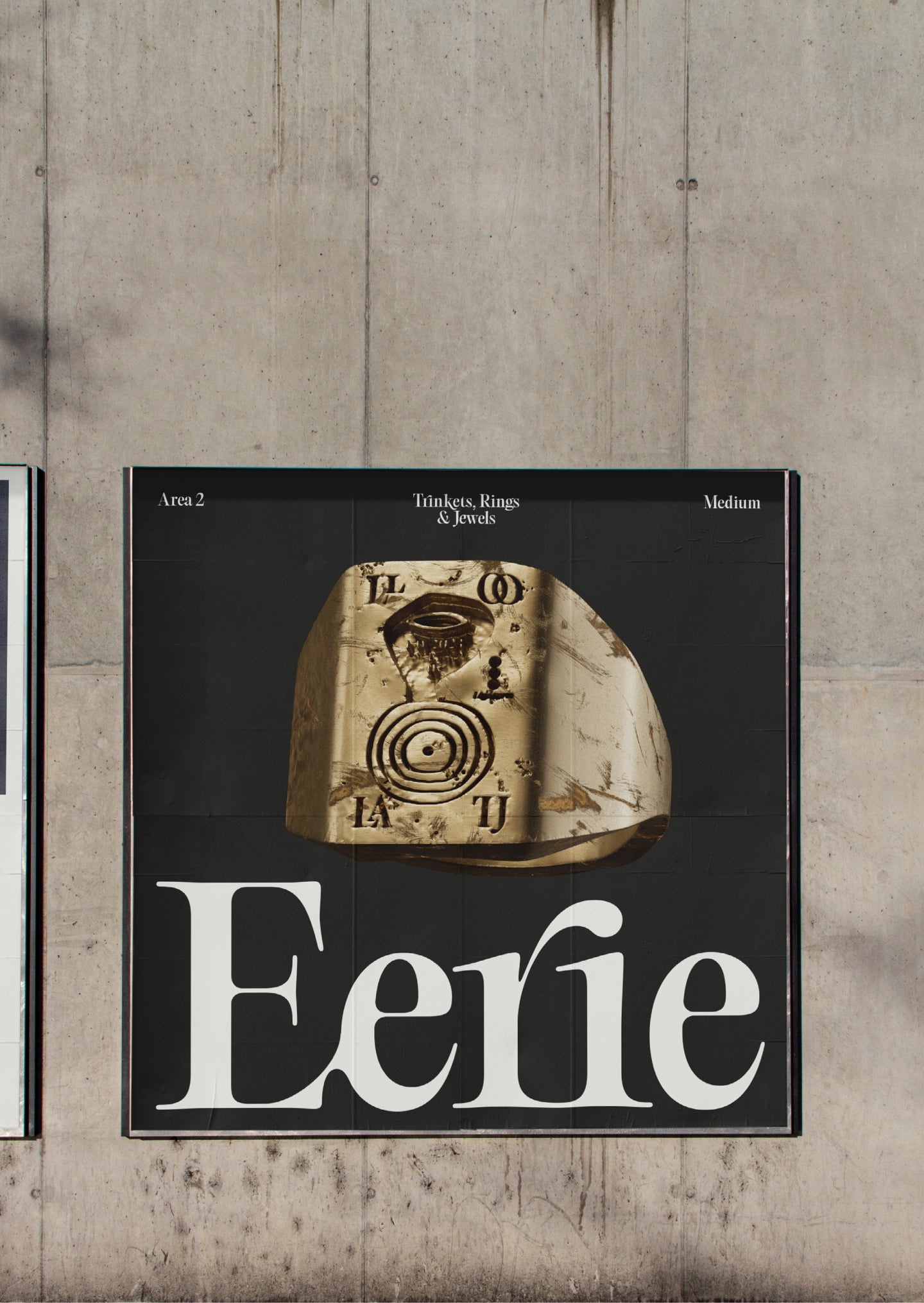
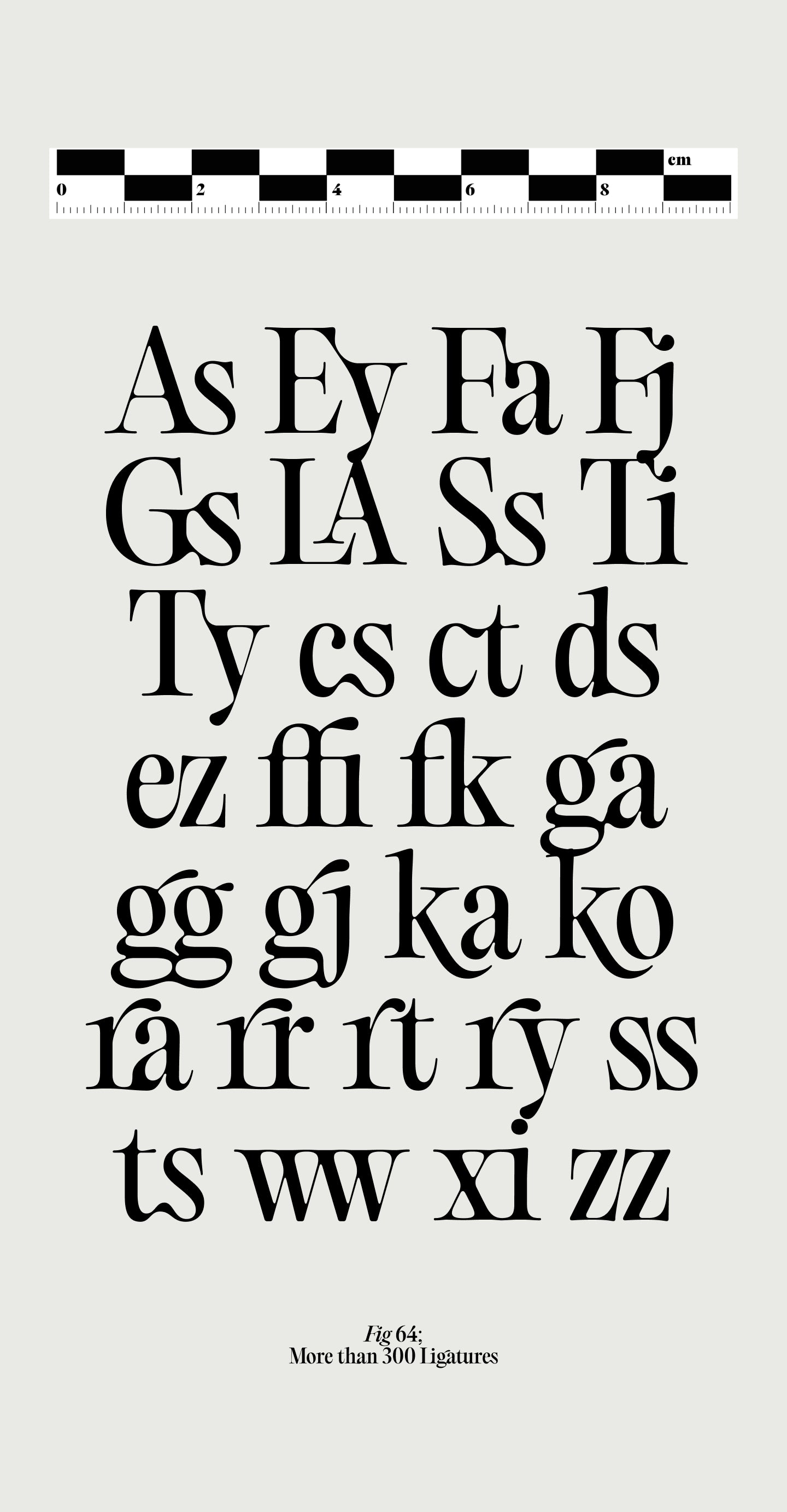
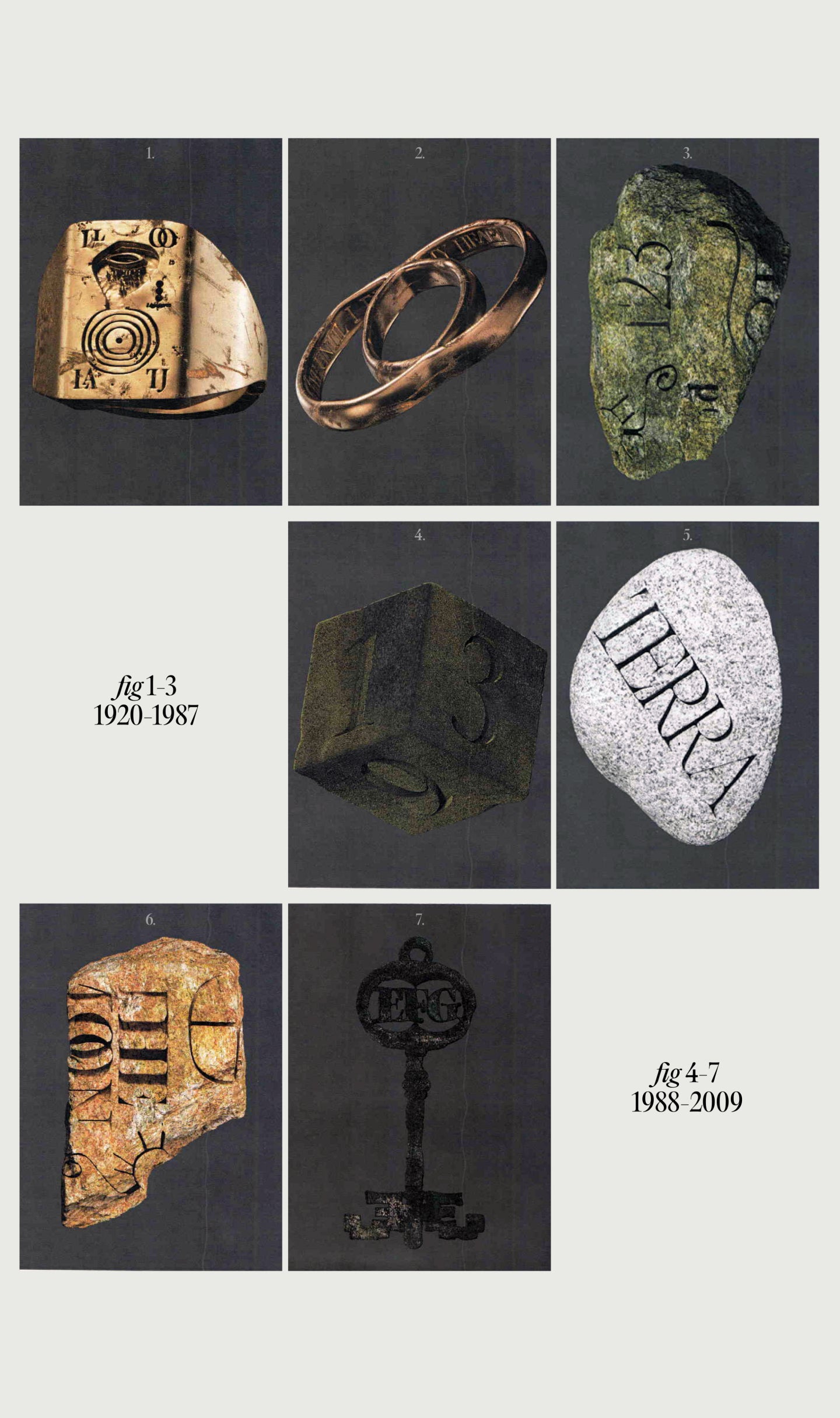
Editorial Old
with Italics
Glyphs set overview
Glyphs set overview
Glyphs View
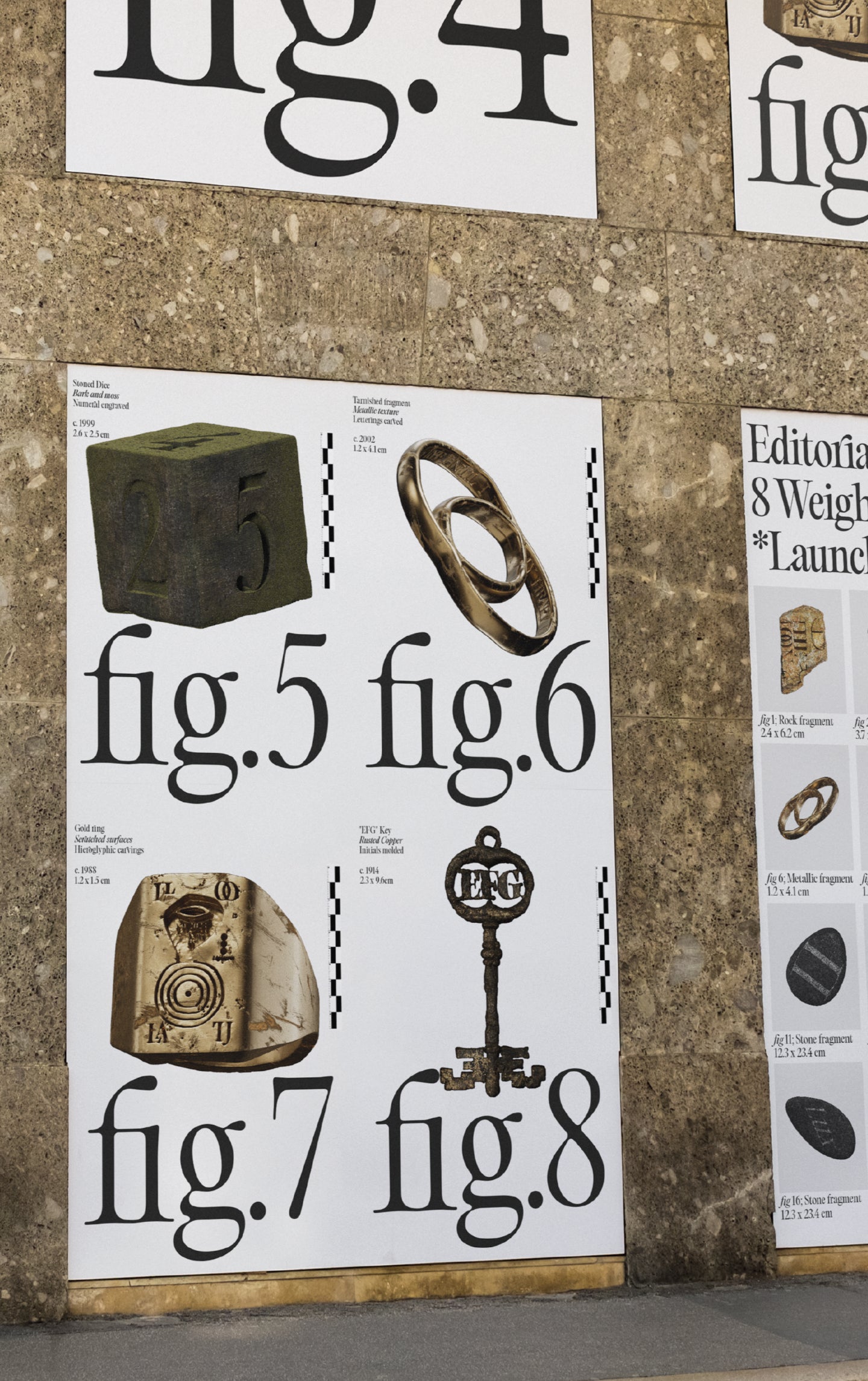
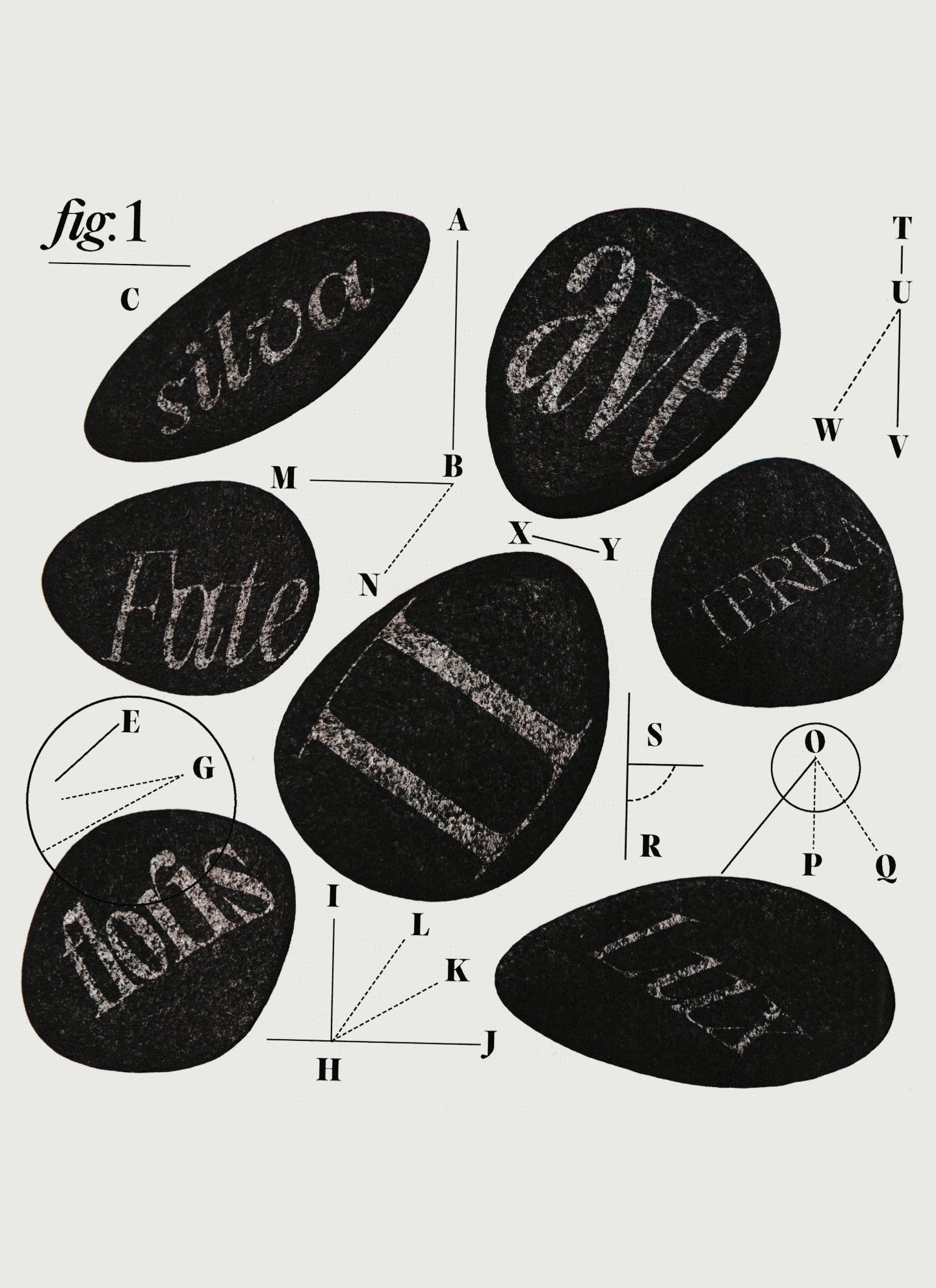
Editorial Old's Features
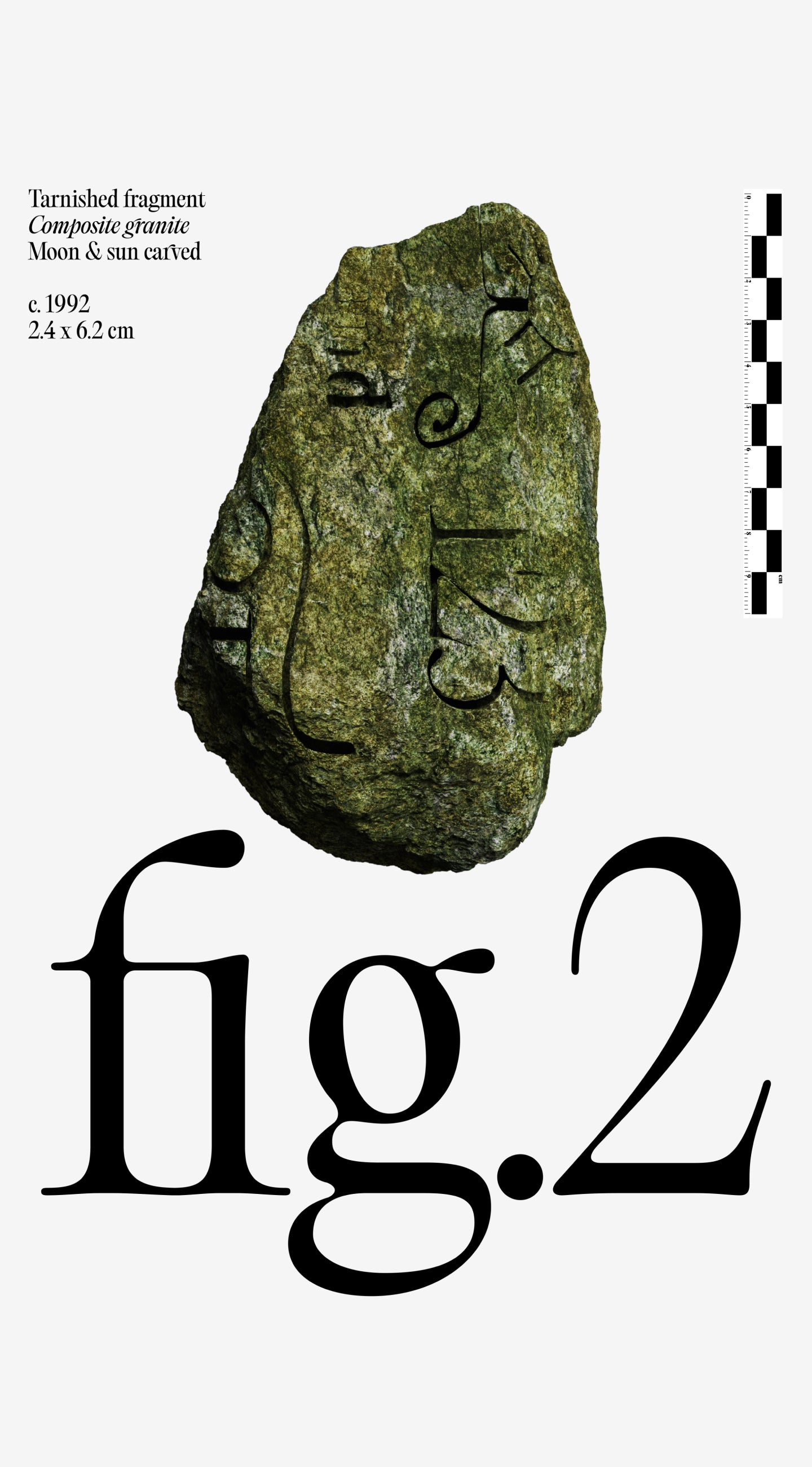
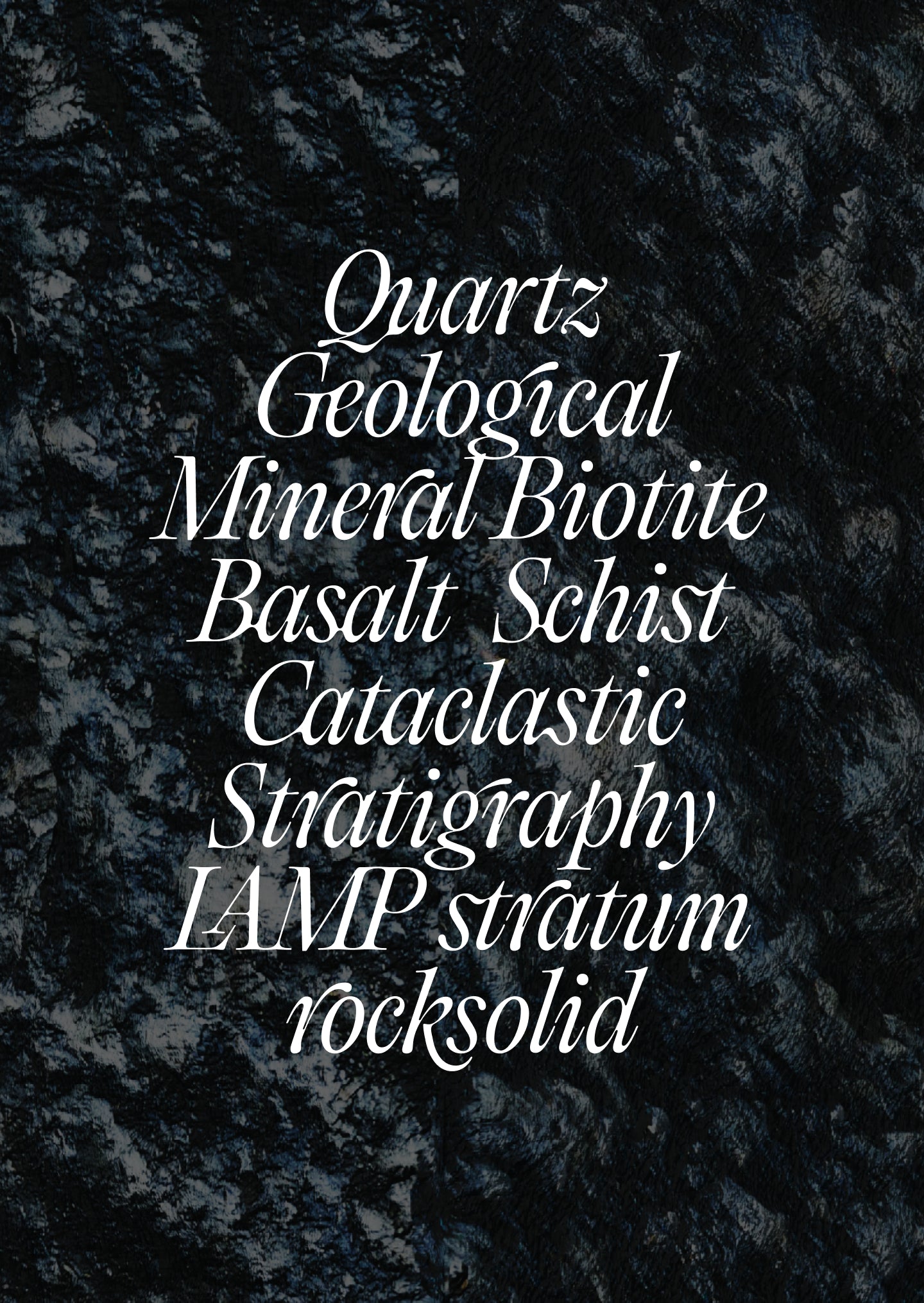
What if Editorial New got 'Old'?
Editorial Old is a 'fresh' take on one of our most popular classics Editorial New. So to understand Editorial Old we need to go back to Editorial New's Concept for a second.
The concept of Editorial New was rooted in 70s & 80s vintage ads. With its narrower stance and elegant curves, this workhorse serif quickly became one of your favourite. Stemming from that success, we had the idea to push this vintage concept a bit further in this spin-off.
What if Editorial New got Old??
Its curves would be less tense, its connections a bit more relaxed, its ligature more droopy and more present, its terminals softer. Alongside this idea of the vintage ads, we created a melting, eroded version of our timeless classic with a ton of luscious ligatures.
Two Times Elliott led visual campaign embodies this idea of agelessness through refined curves, etched and molded oddities, trinkets and jewelry.
Designers
Collaborator
Categories
- Italics
- Serif
- Variable
Styles
- 16 Styles
16 Styles with 463 Glyphs each
Including Italics
Version
1.00
Latest update: March 2023
Available formats
OTF, TTF, WOFF, WOFF2
Language Support
Afrikaans, Basque, Breton, Catalan, Croatian, Czech, Danish, Dutch, English, Estonian, Finnish, French, Gaelic, German, Hungarian, Icelandic, Indonesian, Irish, Italian, Latvian, Lituanian, Norwegian, Polish, Portuguese, Romanian, Saami, Serbian, Slovak, Slovenian, Spanish, Swahili, Swedish, Turkish, (and more)
Commercial Licenses
Not sure what to get? Or can’t find the right coverage?
Please contact us for our tailored corporate licenses!
Need more information about our licenses?
Our FAQ usually contains most of the answers.



